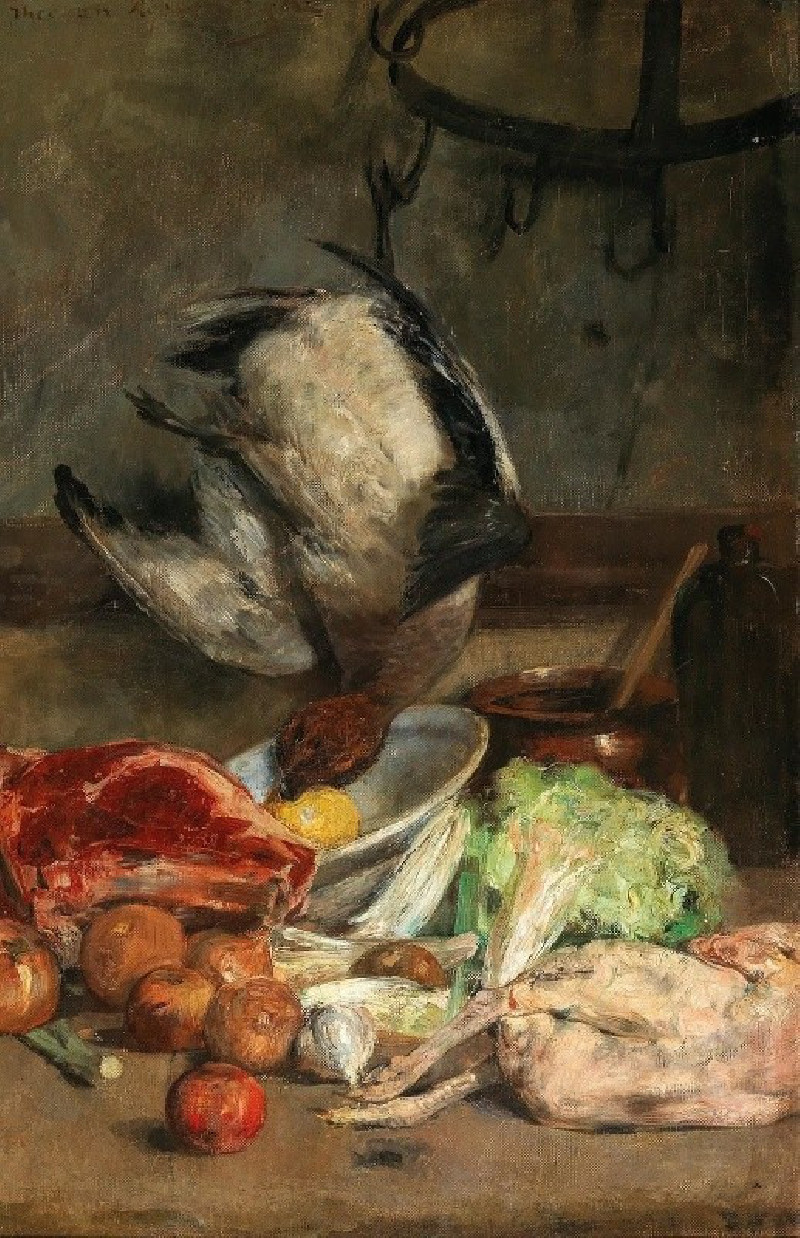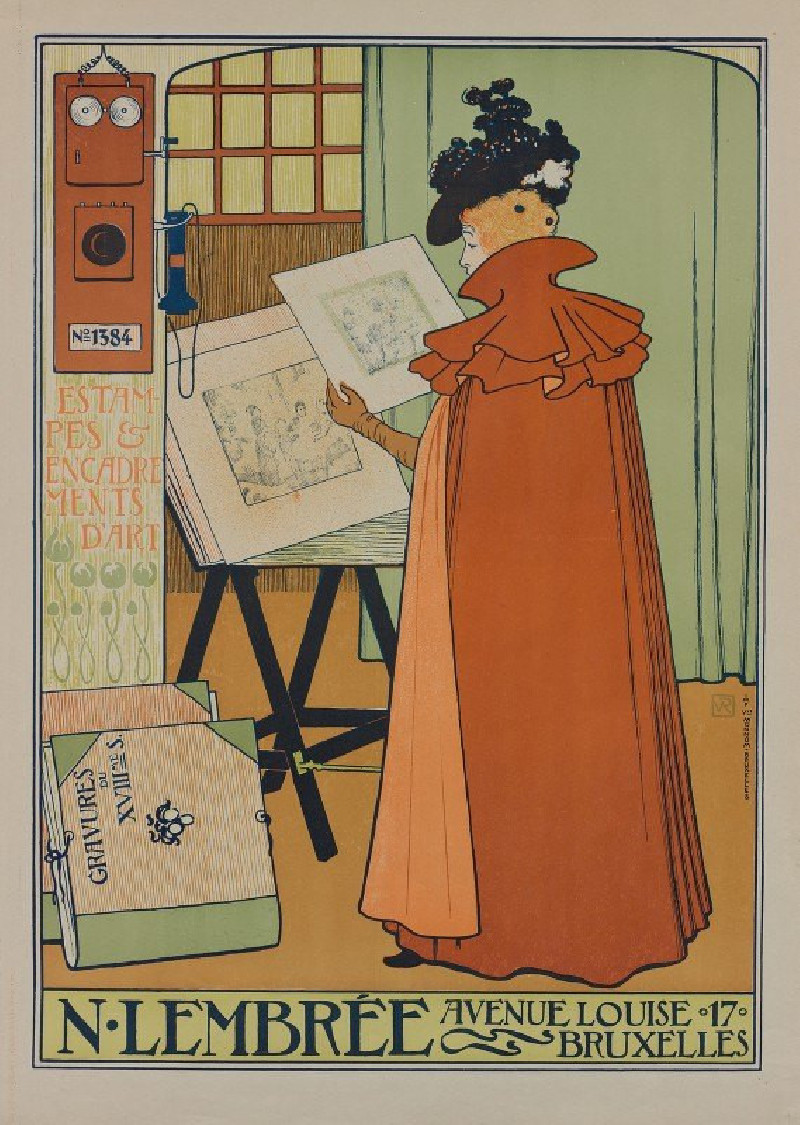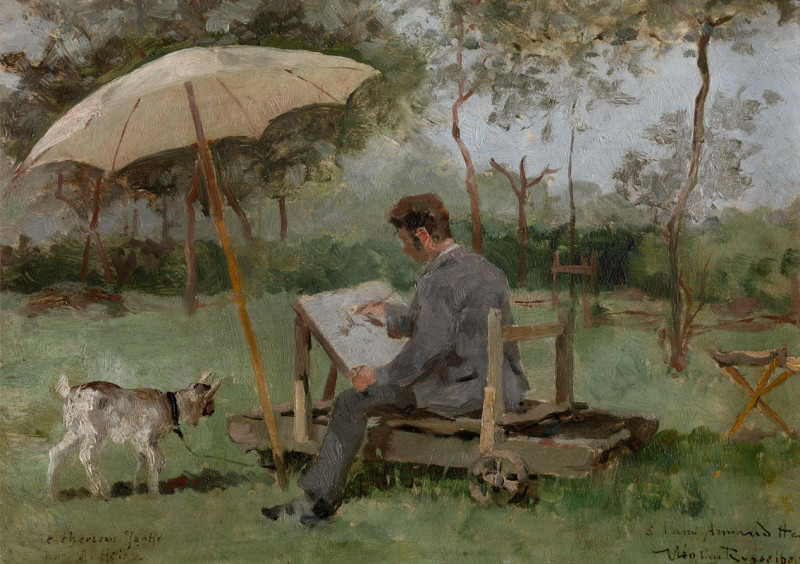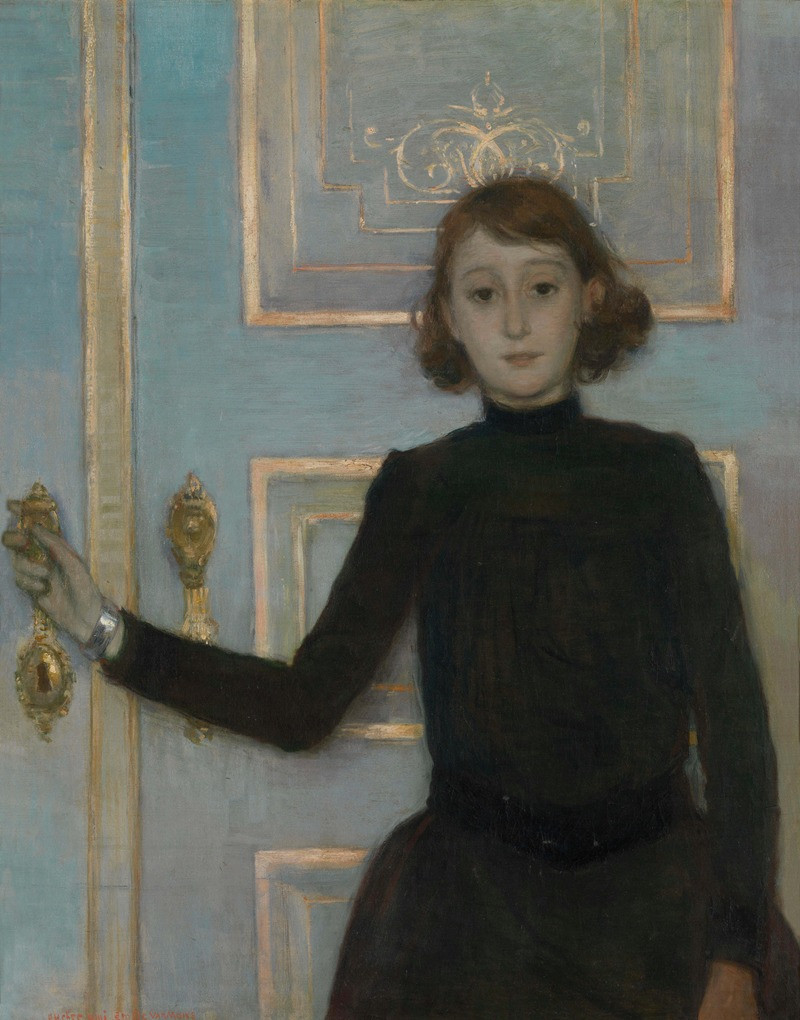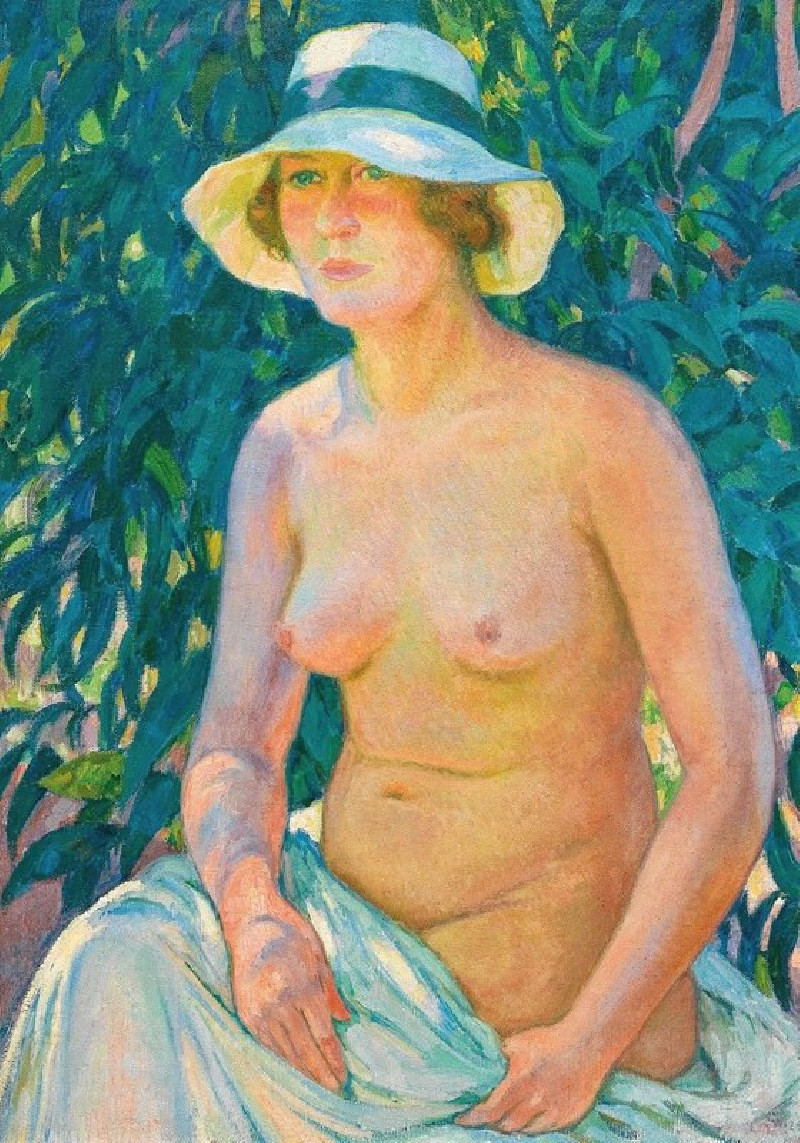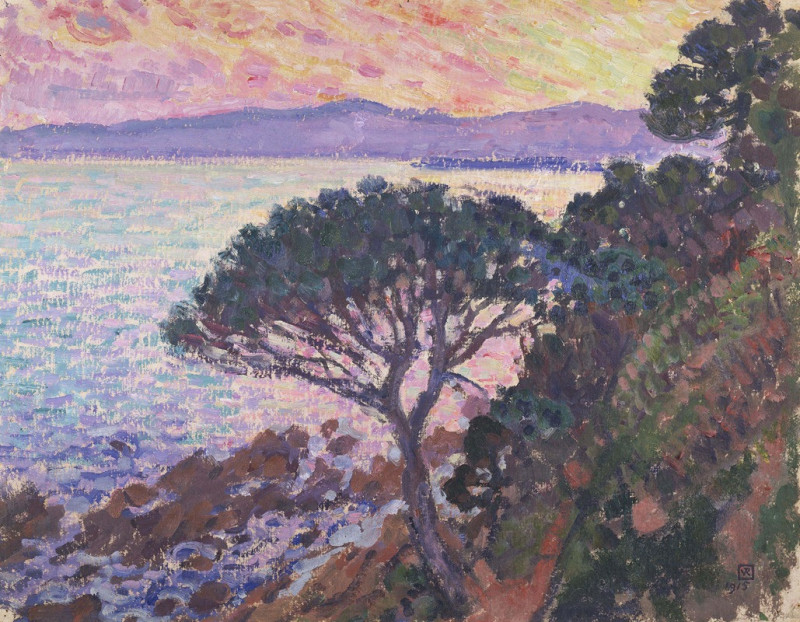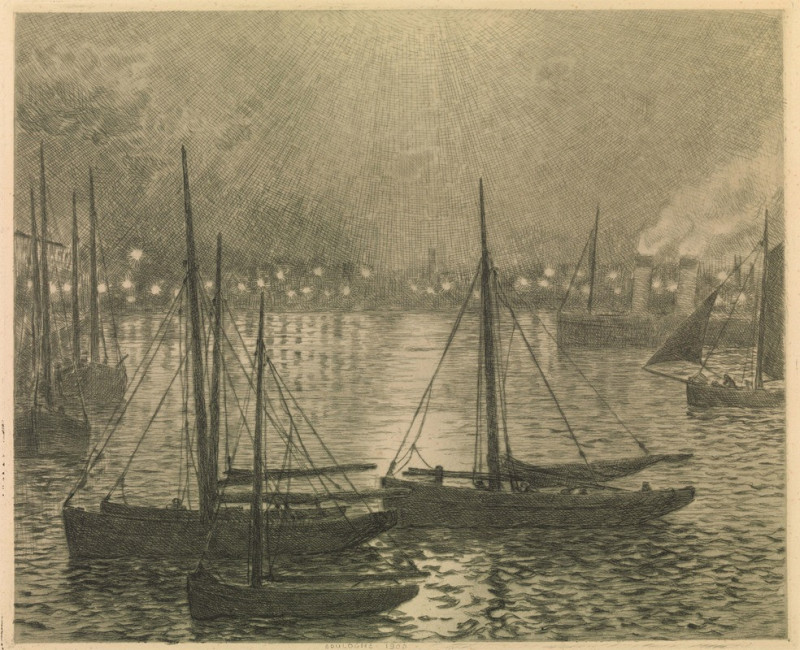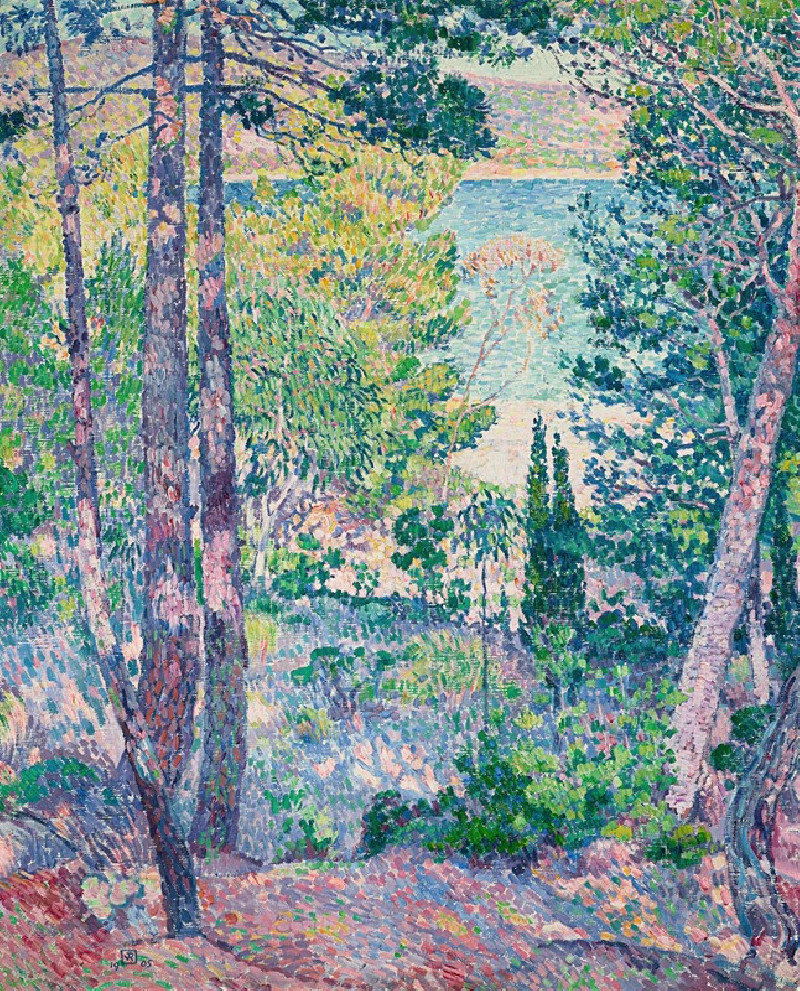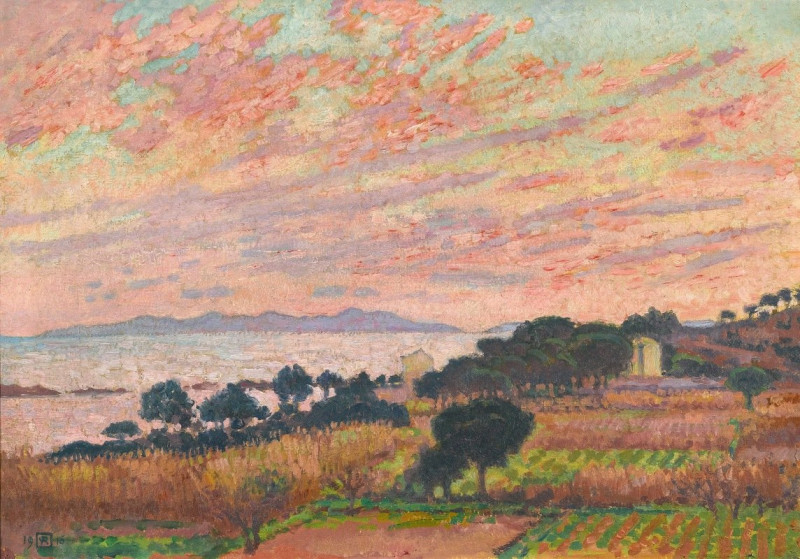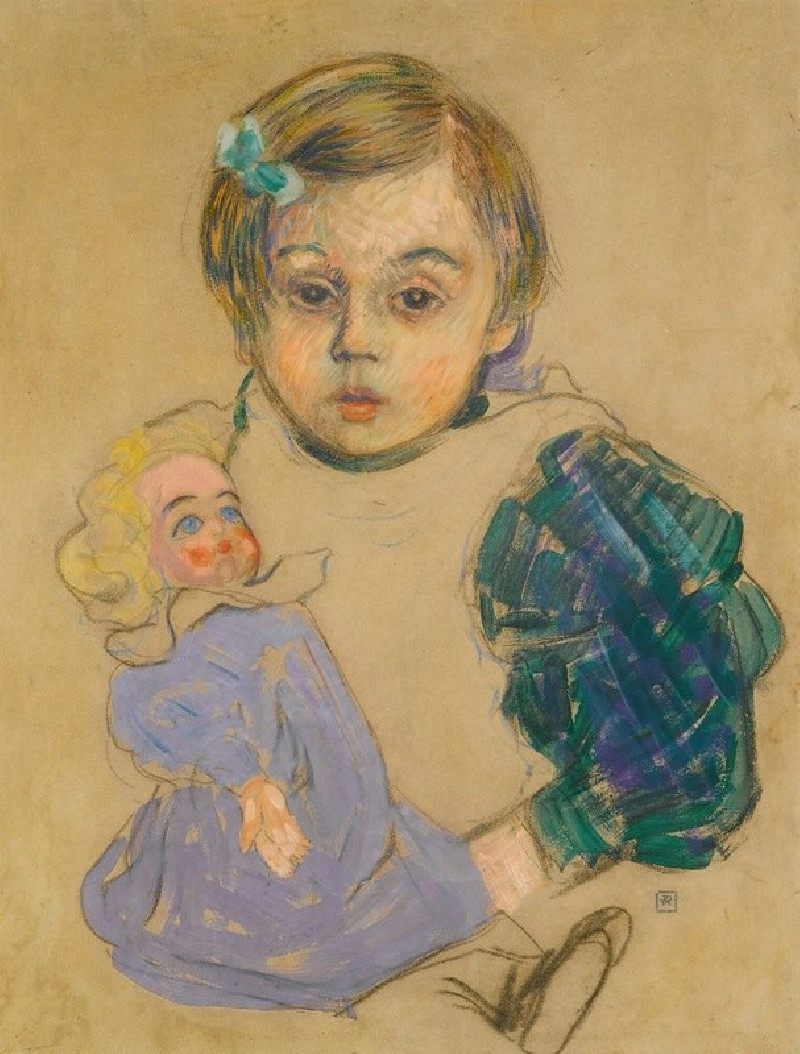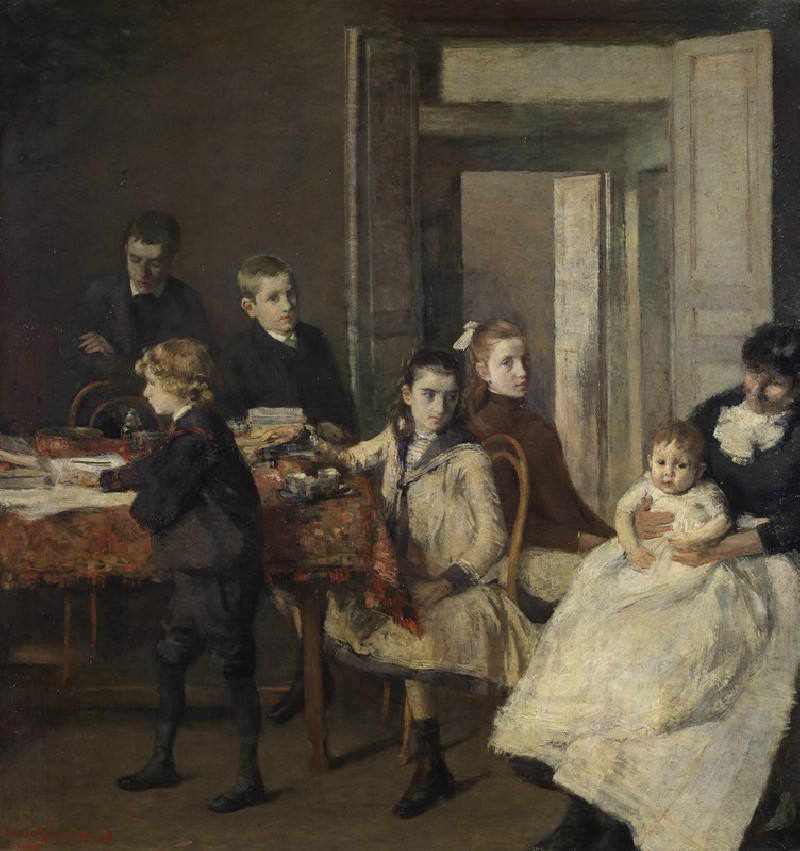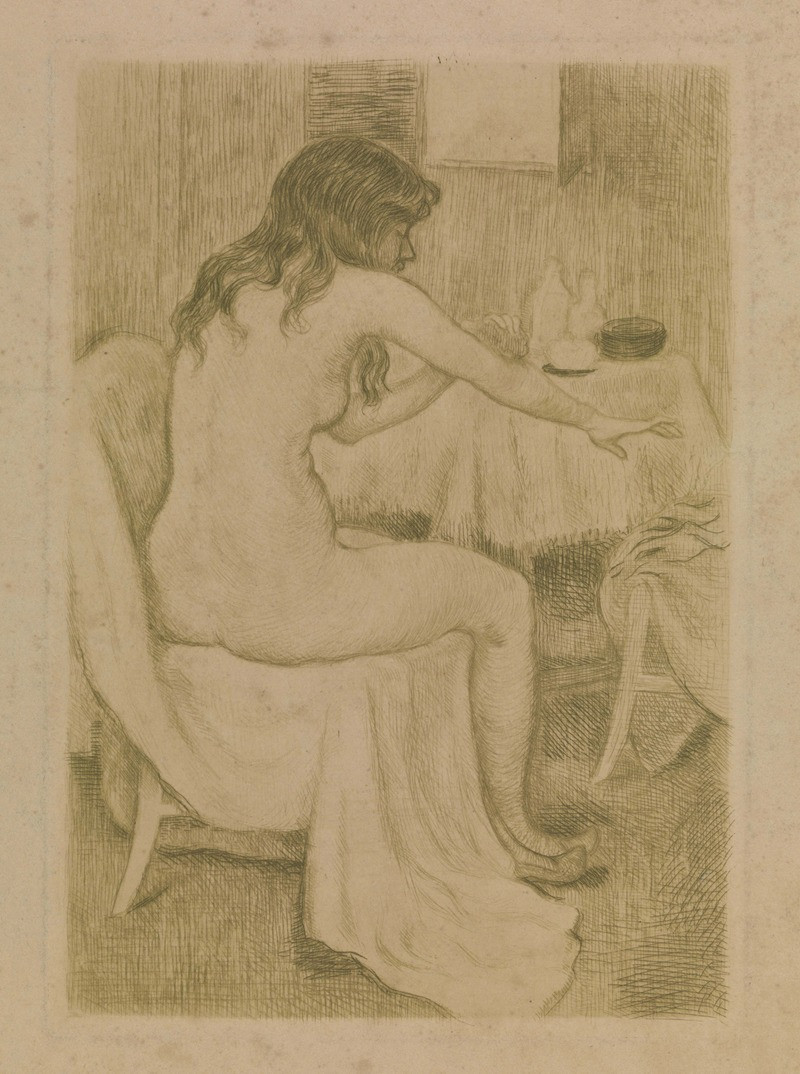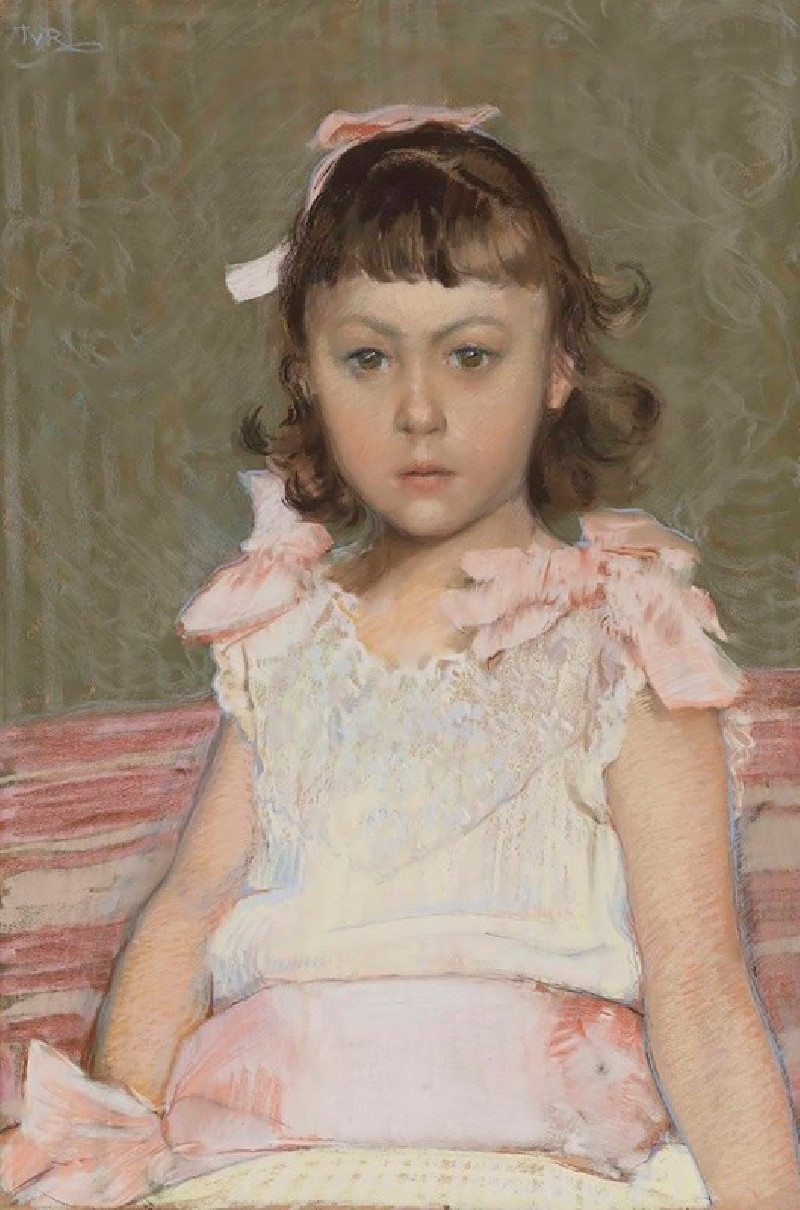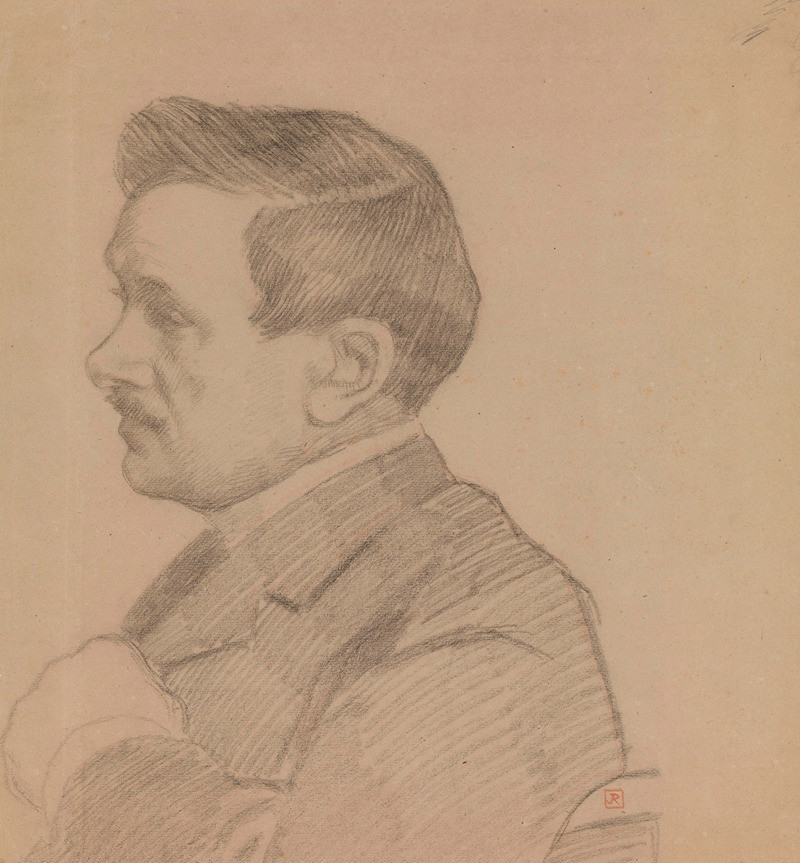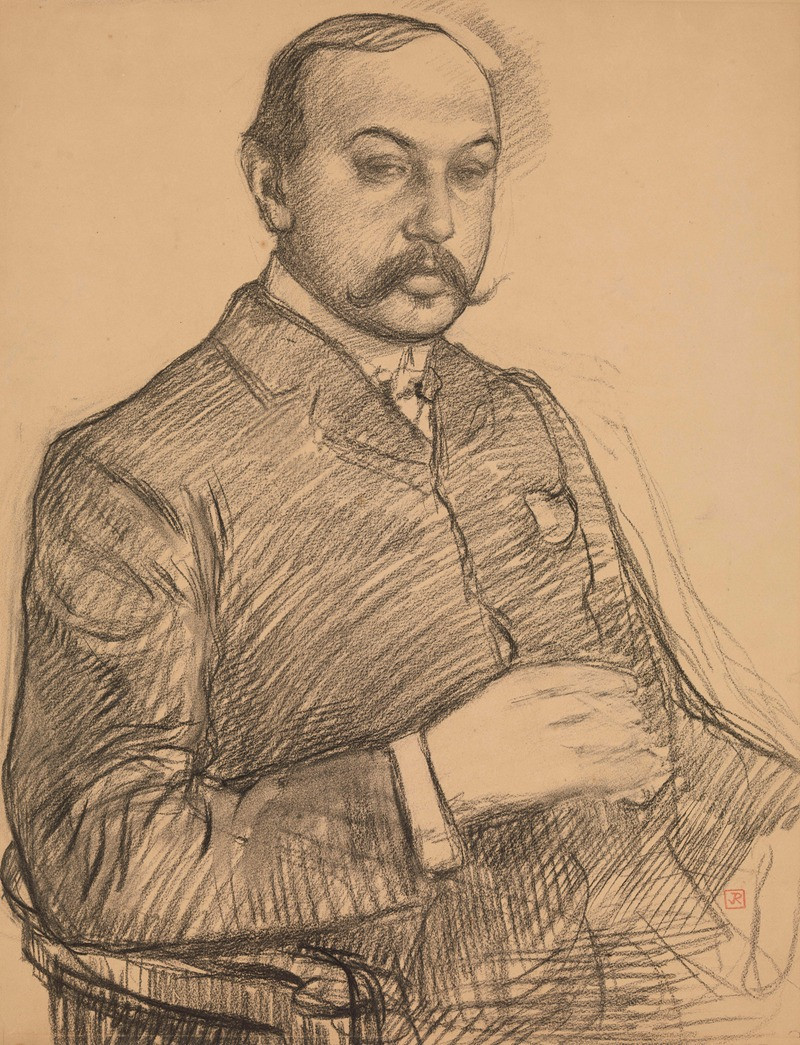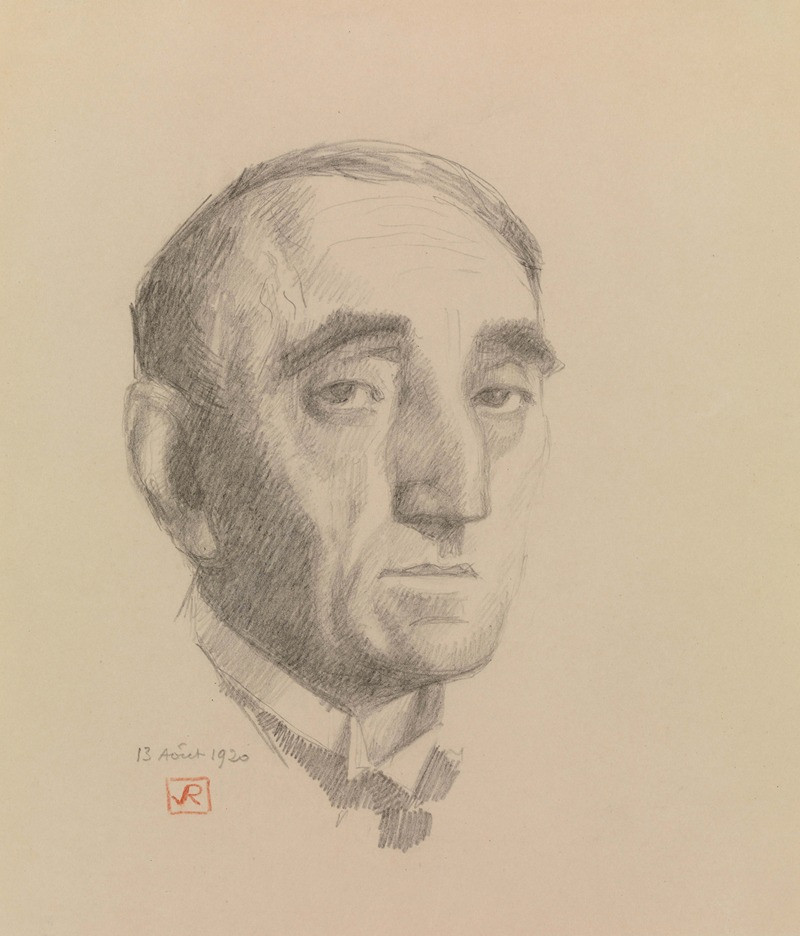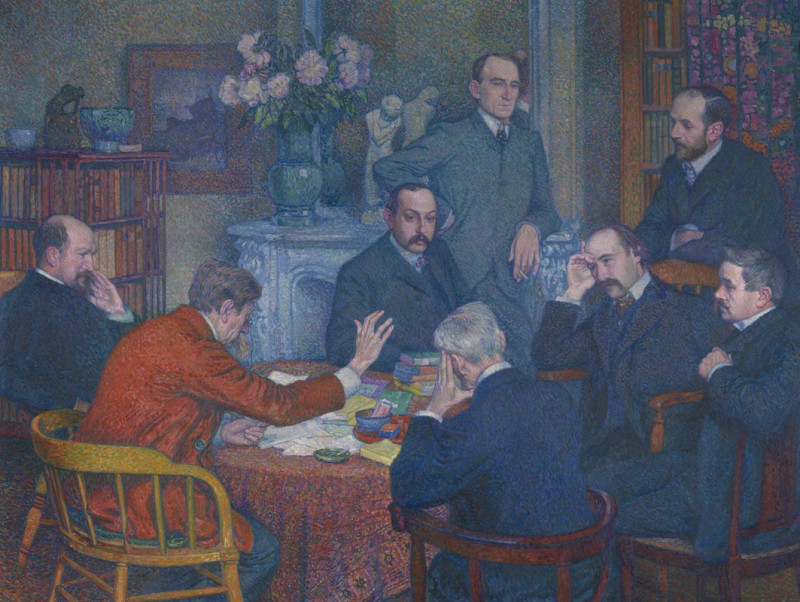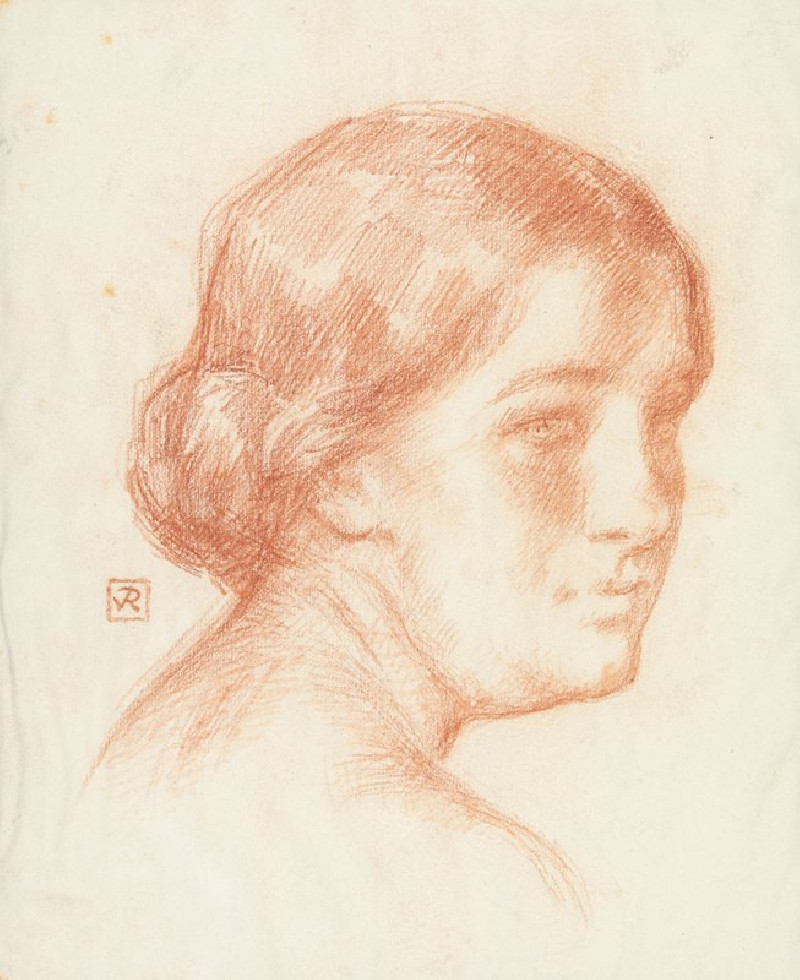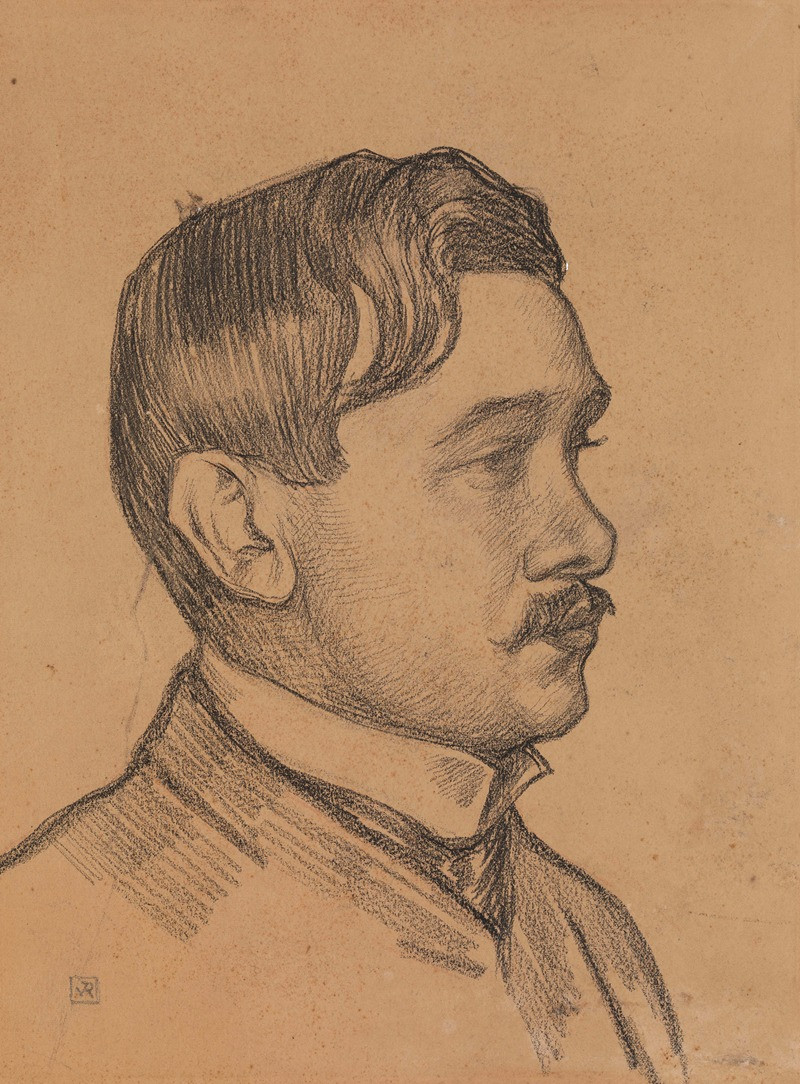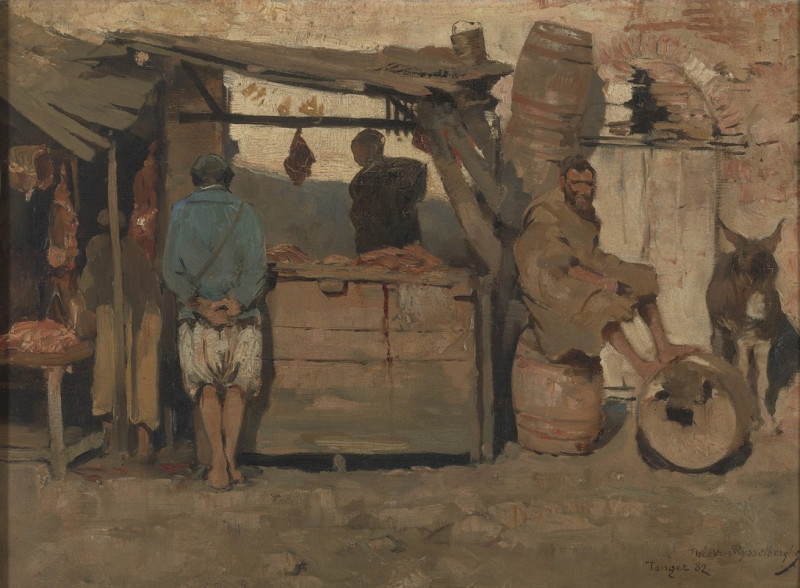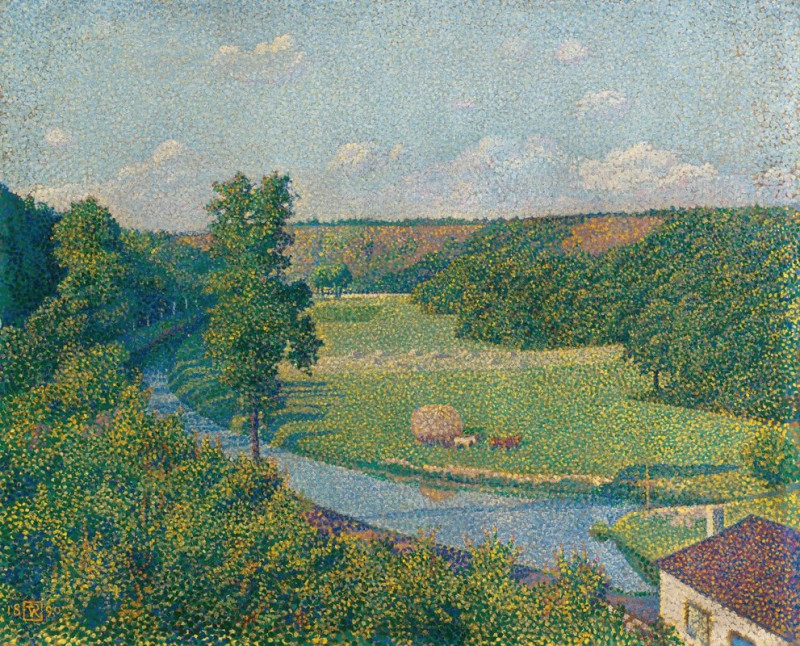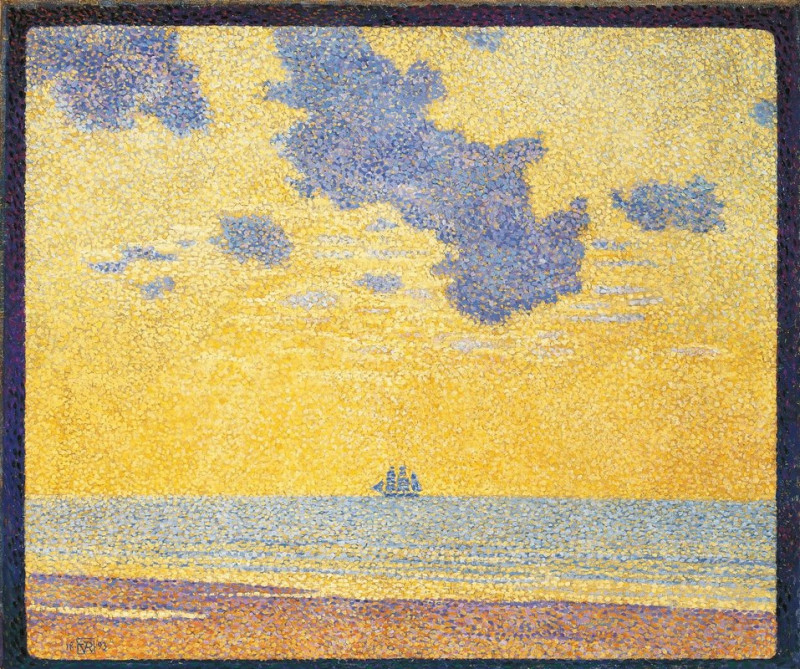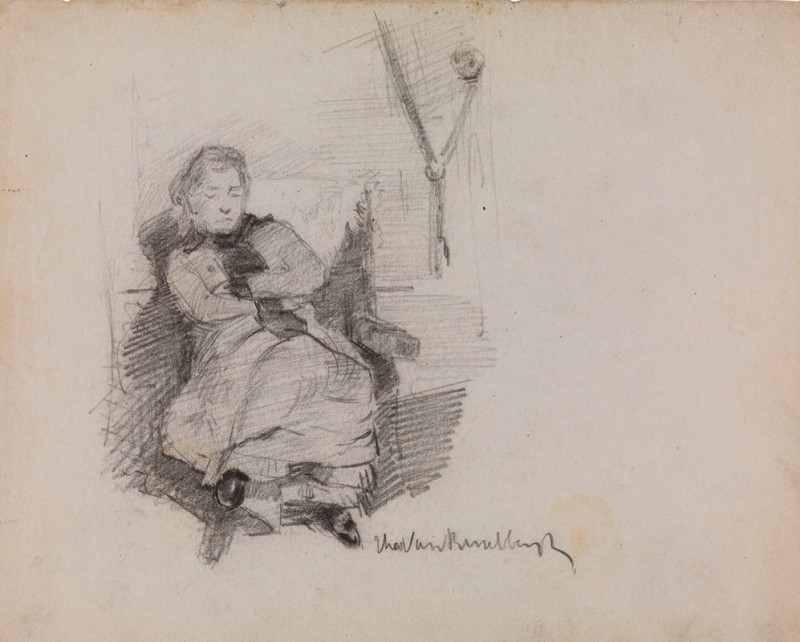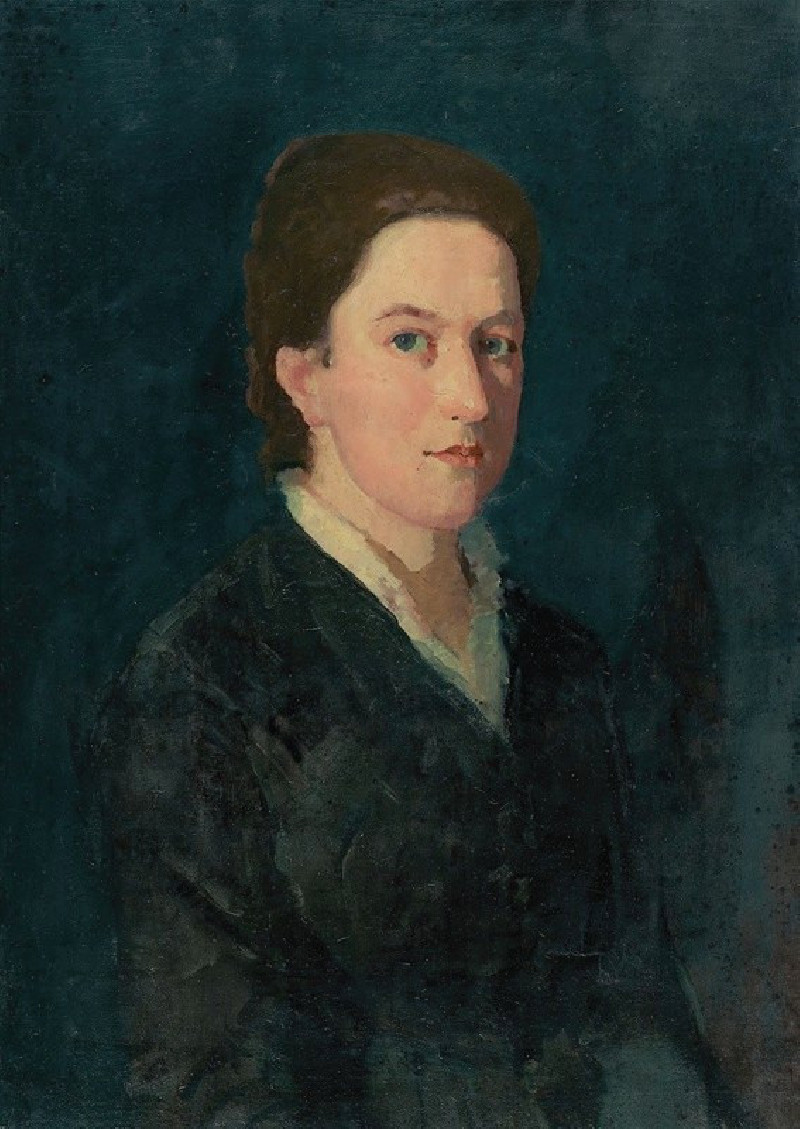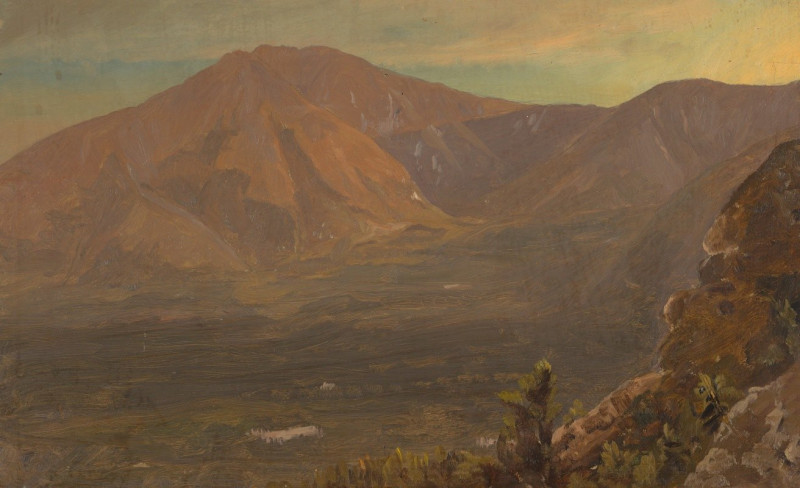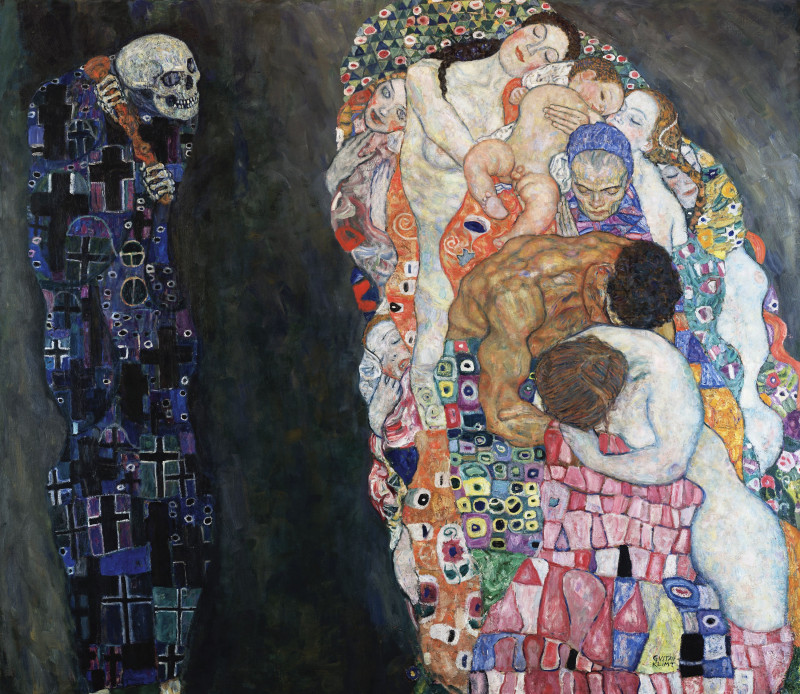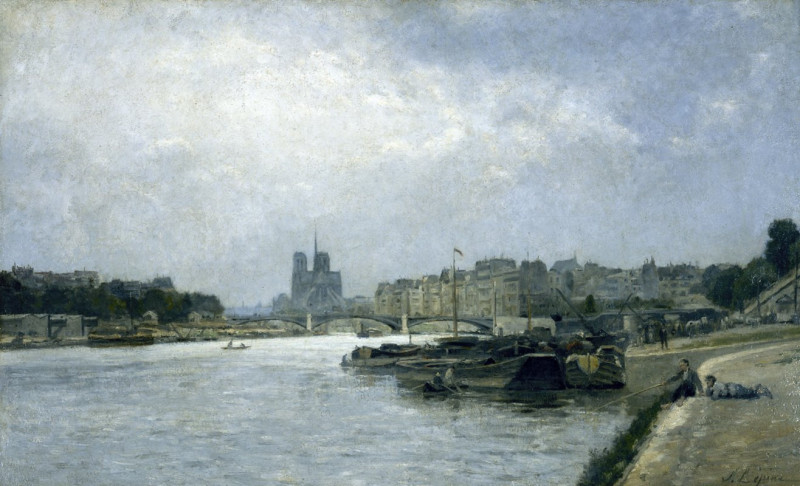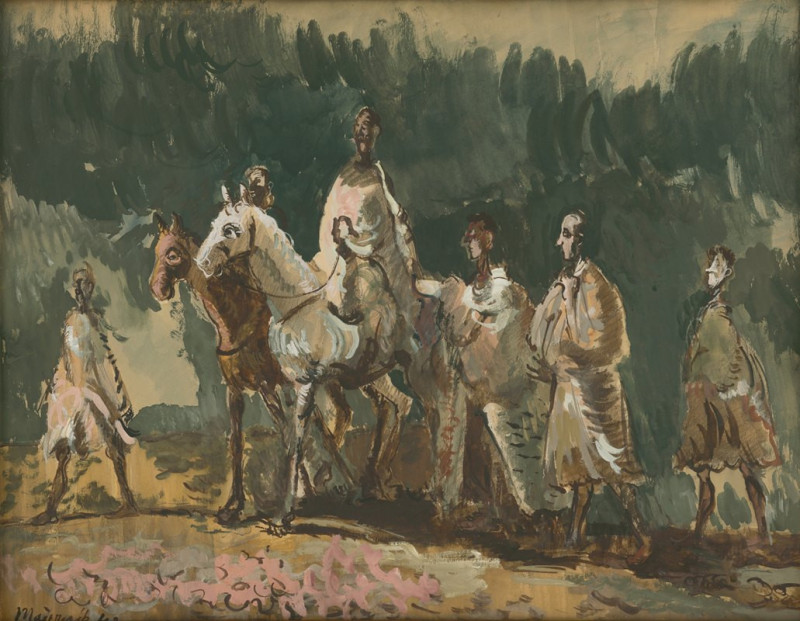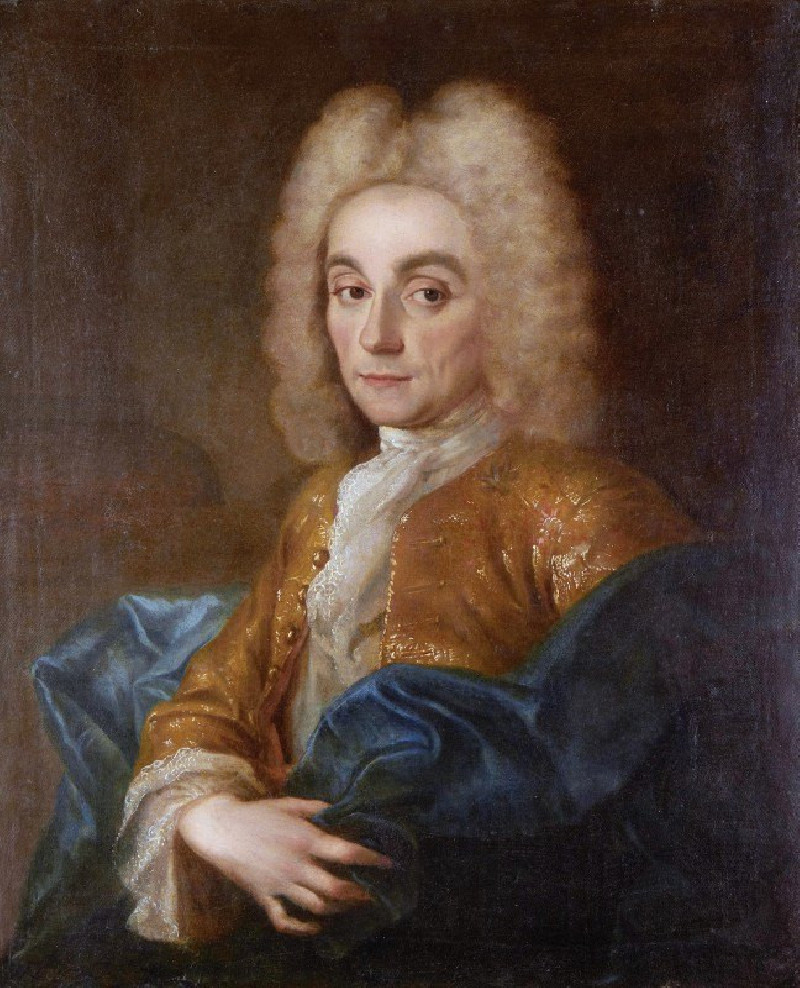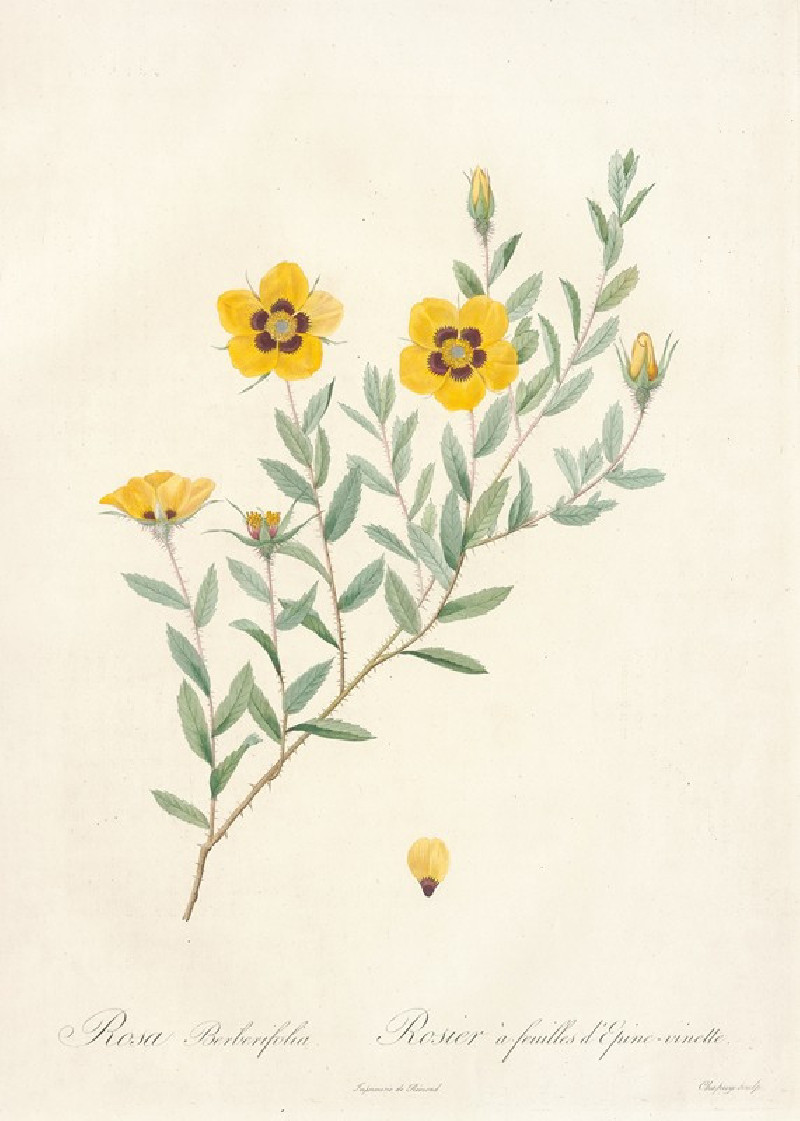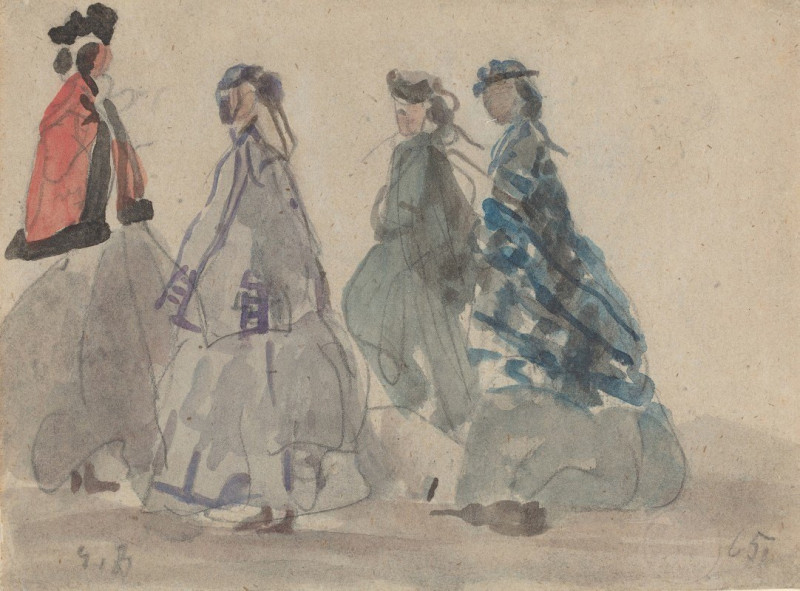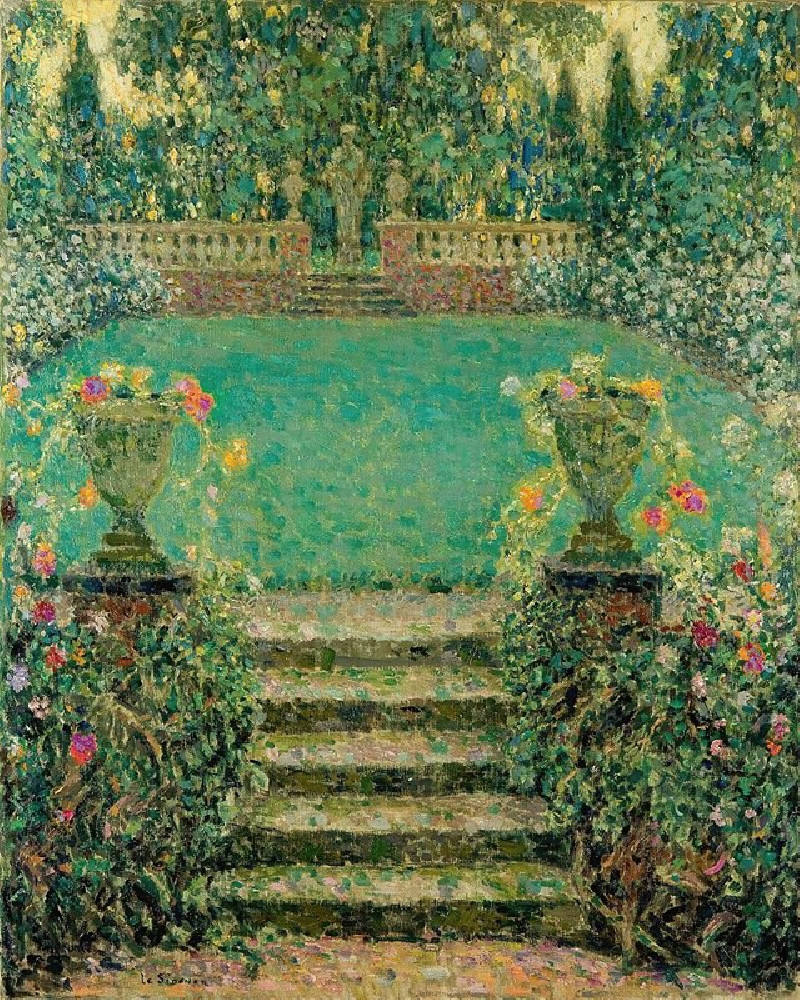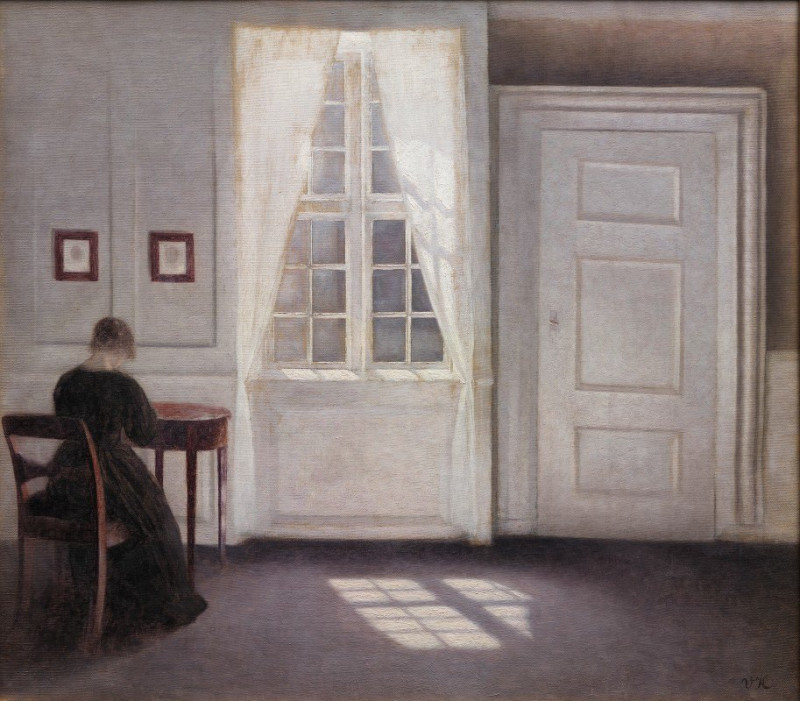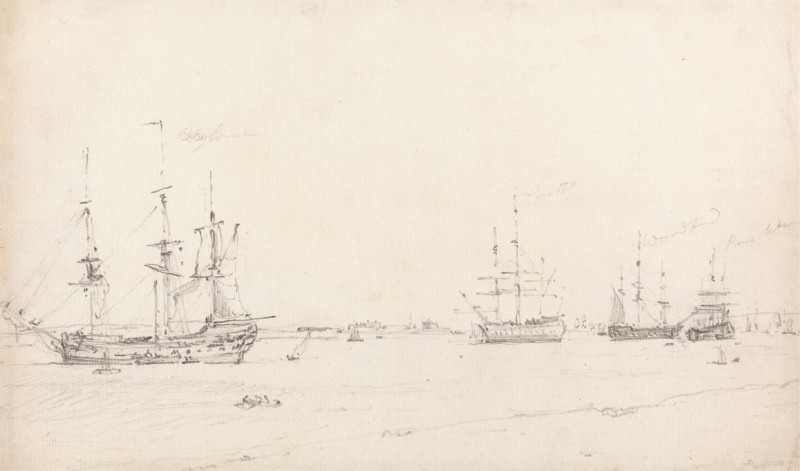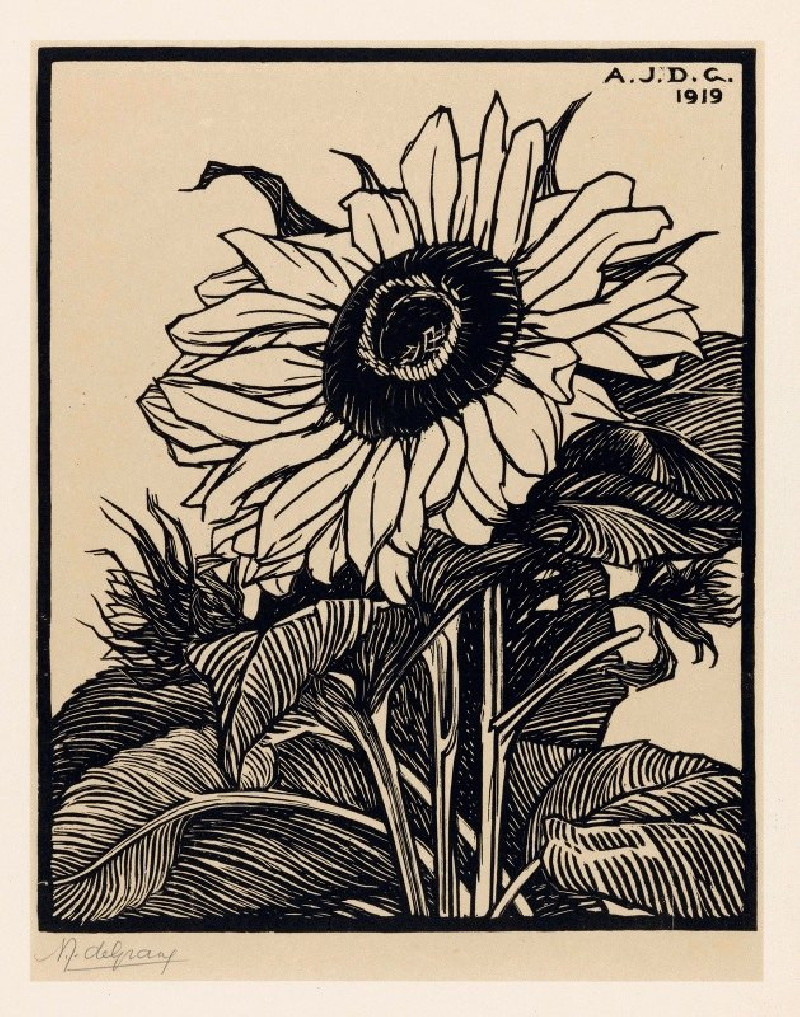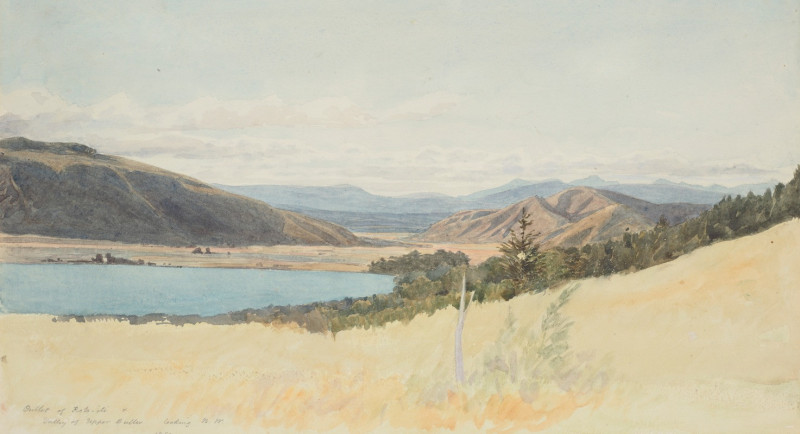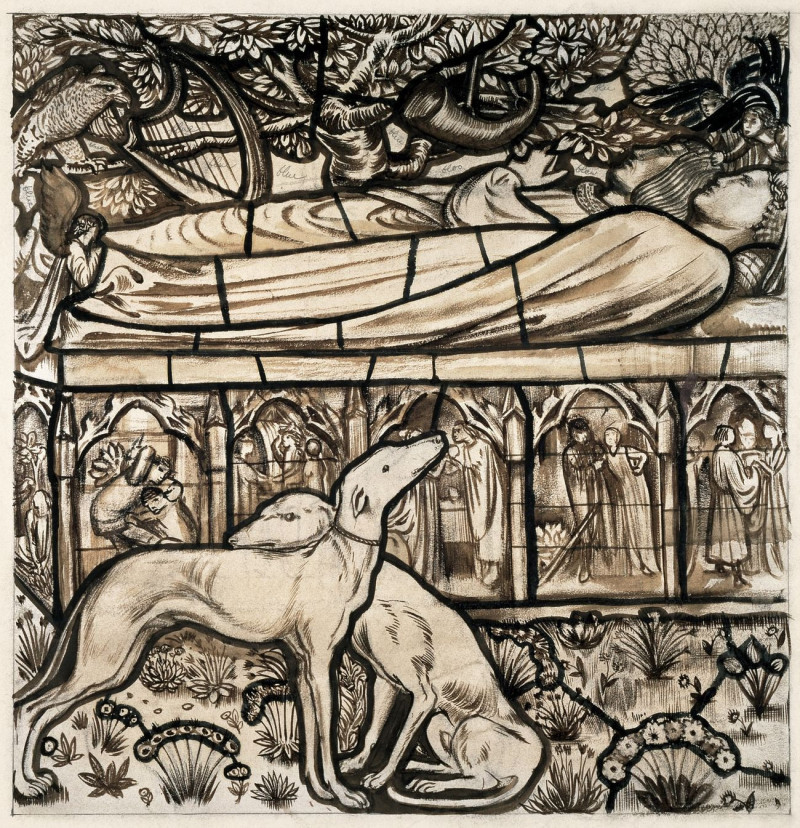Madame Constantin Meunier (1882)
Technique: Giclée quality print
Recommended by our customers
More about this artwork
This captivating portrait titled "Madame Constantin Meunier" was painted in 1882 by the Belgian artist Theo van Rysselberghe. The painting captures the essence of Madame Meunier with a remarkable charm and depth. The portrait features her looking directly at the viewer, her face illuminated with a soft, thoughtful expression that suggests a serene confidence.Van Rysselberghe's use of a muted, earthy palette emphasizes the somber yet gentle ambiance of the portrait. The brushstrokes are loose and vivacious, creating vivid textures that bring Madame Meunier's features and attire to life. Her dress, rendered in dark tones, contrasts strikingly with the lighter, more vibrant strokes that depict her face, highlighting her contemplative gaze.In the upper right corner, the background becomes almost abstract, with washes of color that suggest a disintegrating space or time, directing all attention to the subject's expression and demeanor. This masterful use of color and form makes this work a stunning example of the psychological portraiture that characterized the later part of the 19th century.
Delivery
Returns
Théophile "Théo" van Rysselberghe was a Belgian neo-impressionist painter, who played a pivotal role in the European art scene at the turn of the twentieth century.
Born in Ghent to a French-speaking bourgeois family, he studied first at the Academy of Ghent under Theo Canneel and from 1879 at the Académie Royale des Beaux-Arts in Brussels under the directorship of Jean-François Portaels.


